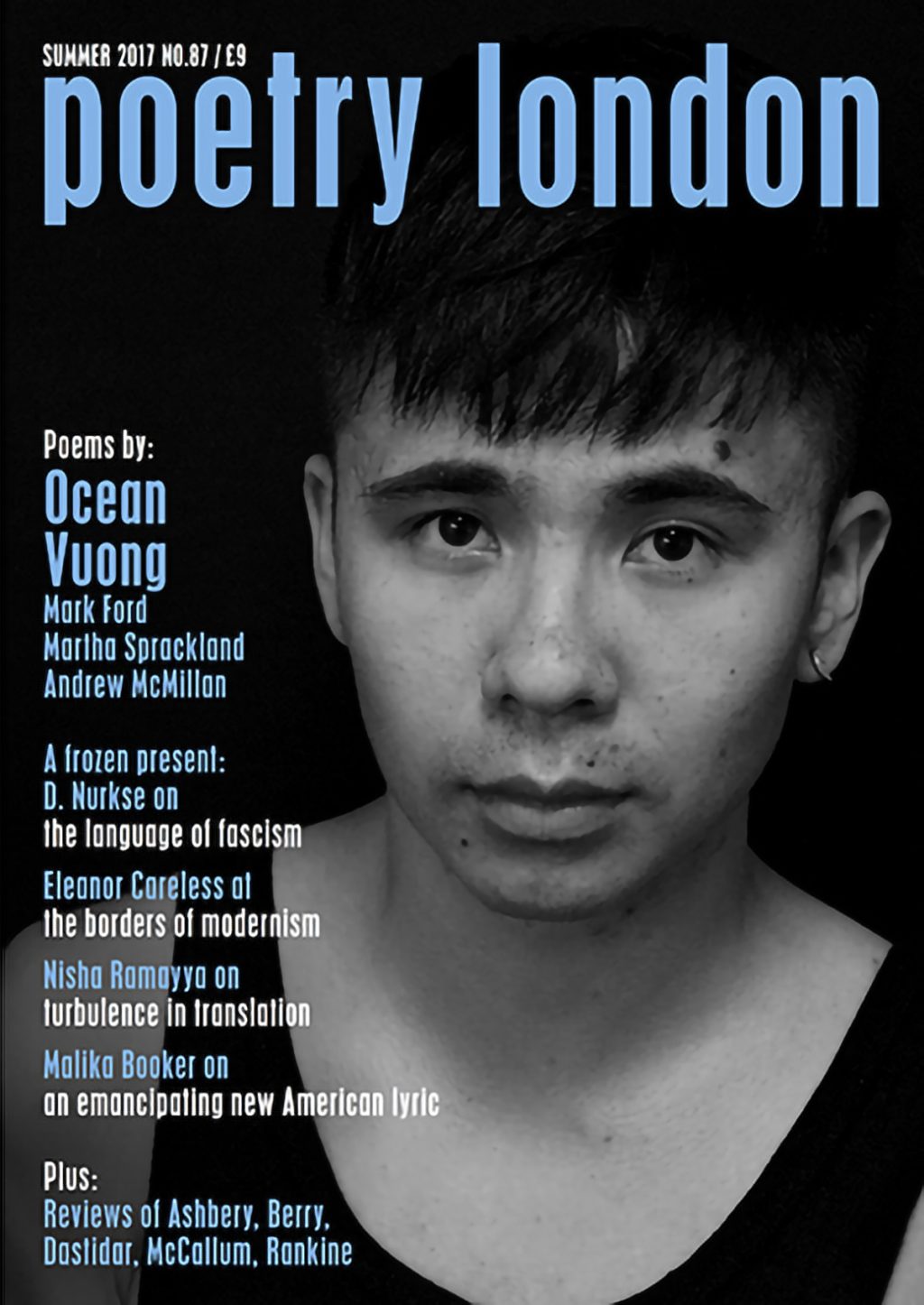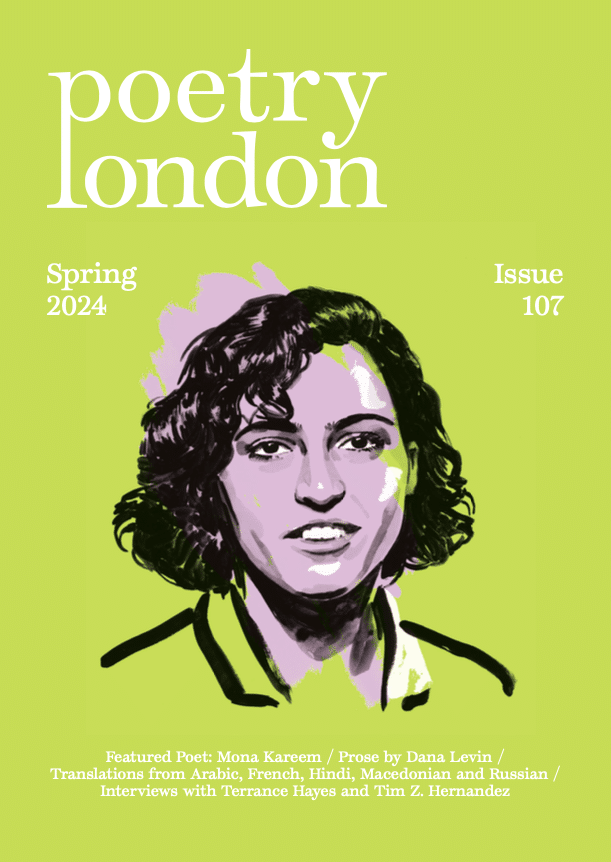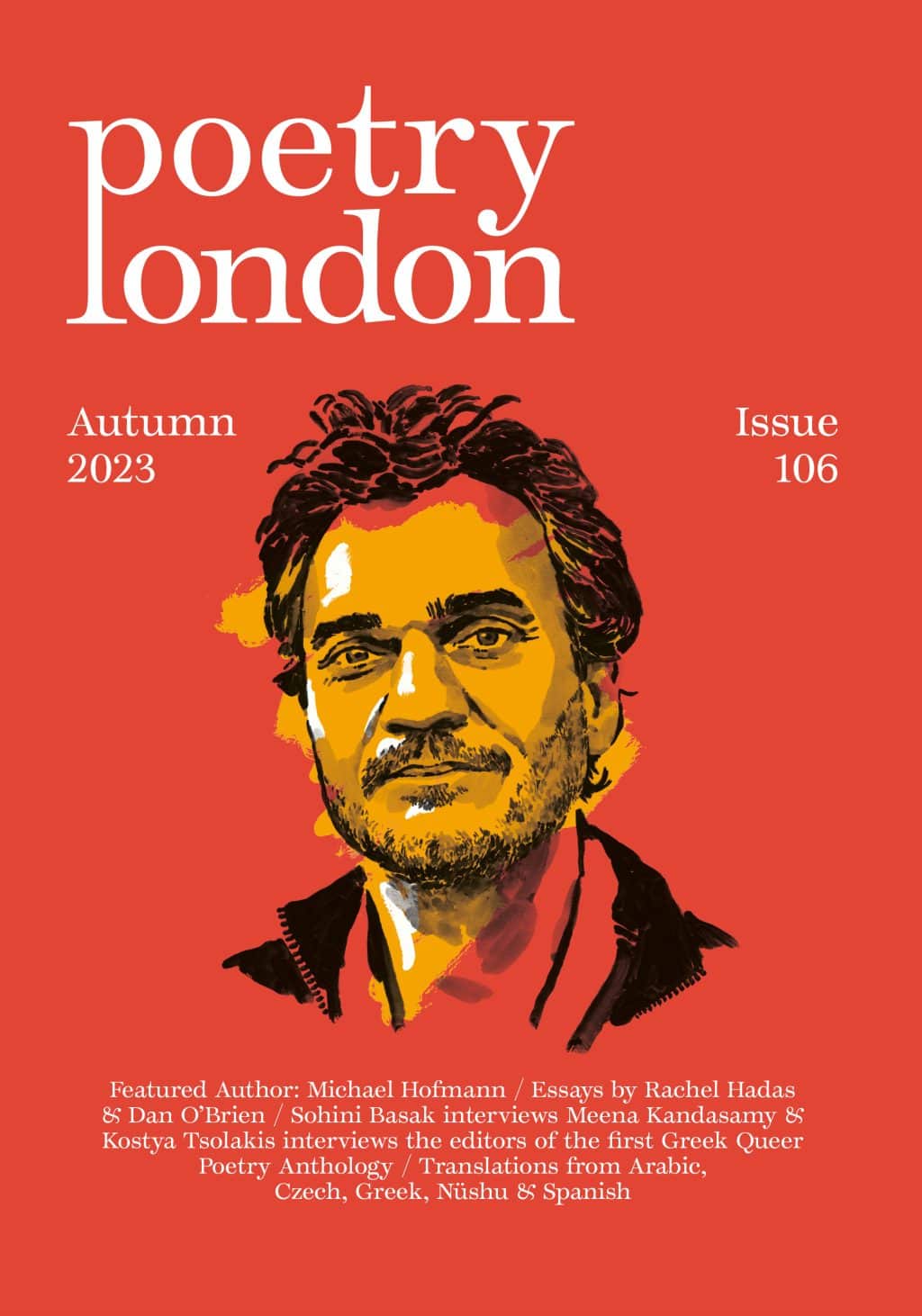Mania of Aggregation: Sam Riviere on Ed Atkins’s malignant poetics
Ed Atkins
A Primer for Cadavers
Fitzcarraldo £12.99
Ed Atkins is known as an artist, not at all as a poet, so he’s not an obvious candidate for the review pages of a poetry magazine – but then I started thinking about what the ‘domain’ of poetry might be, anyway. Most definitions point to the ‘intensity’ of linguistic usage, and if this is the sole qualifier, why shouldn’t poetry claim whole swathes of literary production that no longer observe the increasingly delusional borders drawn by publishing’s two primary estates, fiction / non-fiction? It’s just a thought.
A Primer for Cadavers is effectively unlabelled: a collection of texts produced over the past seven years, ‘part prose-poetry, part theatrical direction, part script-work, part dream-work’; if it is a debut poetry collection it must be the longest ever, not far short of five hundred pages. It’s definitely intense.
Atkins’s work is predominantly with video, often using CGI – ‘off the shelf’ motion-capture technology – to skin his avatars in eerily frictionless textures familiar from video games and commercial animations. The films, narrated woozily by the artist, are discomforting, non-linear, slick, soupily ambient, and usually trade somehow on the disjunction between the immateriality of their visual effects and the appalling vigour of their viscerality. For Atkins, the body is a site of terrible activity – his fascination is with its effluvia, excreta, spasms, shudders, infestations, infections, amputations, tumescences, etc. Read within a poetry tradition, this is almost like encountering that archaic objective, to ‘hymn’ the beloved’s body, in the full harshness of its negative. (If the mortifying nature of the processes of representation has often been observed, here they are made graphic.)
Writing is the genesis of Atkins’s practice, and the book gathers twenty-one pieces, many of which have been previously assigned to his uncanny valley onscreen narrators. They run from a single page in length to a hundred-odd. Even on this level, there’s something of the air of the autopsy room in the way they’ve been whipped out of their homes and flopped into the clean, orderly trays of a print document.
The earliest piece but one (2010’s one-page ‘RAZOR’, which finds the writer imagining ‘a razor gliding along the central seam of my scrotum. The weight of the testicles makes the wound yawn’) is ‘A TUMOUR (IN ENGLISH)’ (2011):
Then he says, ‘Reading this text will conjure a tumour
up inside you. It will materialise in your colon (or per-
haps your wet brain, or your left kidney, or tucked and
beneath your right testicle, clustering inside your ova-
ries, your pituitary, your breast, etc. (his parenthetical
tone as if suppressing a burp)), and it
will, um, do so as a direct result
of your having read this.’
That lacuna is the top of an irregular white hole that flowers on each page of the (why not?) poem – the effect is like looking through a booklet of slides, each holding a paper-thick slice of cancerous organ, legible at every stage – as in that old favourite, a stick of rock. To start with I found something about this piece a bit… nineties? Something like the body shock of Existenz-era Cronenberg, or Chuck Palahniuk. There’s a tendency for bursts of geekily ‘dark’ over-writing – you almost expect ‘eldritch’ – and, sure enough, ‘Cthulu’ makes an appearance before long. How about: ‘1,216 billion kilometres away, Saturn screams a ridiculous question to the black’. The lads at Games Workshop would appreciate that (I was one), but isn’t it a little much?
Anyway I took these and other notes, before halfway through ‘A TUMOUR…’ I became suspicious of my suspicions, and Atkins emerged over a few pages as perhaps the most imaginative, sincere, and horribly, gloriously intent contemporary writer – certainly from Britain – I’ve read. Excess is part of it: after a while it’s pointless to complain about the ‘lack of economy’ or scary-funny fluency with which he switches up registers – it’s better just to stay alert and let the astonishments happen. The choicest of these occur between hiccupping interjections of the body – um’s, er’s, erratic BLOCK CAPS – and a woundingly offhand blokiness – ‘Chin up matey’, ‘Classic stuff, that’ (‘he do masculinity in different voices’, as one blurb promises). But the real penetrating brilliance is the single-minded scrutiny of the corporeal realm – practically a new dimension, encountered partly in the virtual, but felt as sub-bass in your bowels. The writing continually, gleefully reminds you of your body’s strangeness and fallibility, that your organs are ‘RIGHT NOW’ pulsing like dormant devices in the gelid half-light of your torso’s stockroom. Atkins has said he wishes to address ‘guts as much as brain’, and he often succeeds – we expect texts to coax us out of our bodies, whereas this one wants to confine us to its sweating walls. Perhaps disbelieving some of the book’s more bombastic aspects is part of its project of re-prisoning – repeatedly being made aware of the text short-circuits the out-of-body reading experience.
While I prefer other pieces here (‘MATERIAL WITNESS OR A LIQUID COP’), ‘A TUMOUR…’ provides an inviting schema to discuss the writing’s mania of aggregation. There’s an image in one of David Foster Wallace’s short stories that’s stayed with me, something like ‘the repulsive nest of moles discovered in an armpit’, which I can imagine as the tumorous kernel from which Atkins’s language began breeding. This is a fantasy, but it makes cancerous growth an appropriately unconscionable metaphor for the work’s aggressive energy. John Wilkinson has already developed the term ‘metastasis’ as metaphor for compositional logic in The Lyric Touch:
metastatic tumours echo about the body and these nodes define the shape of the body subjectively, through pain. Of course, the location of the primary tumour is outside the poem’s realm; the poem develops around the metastatic nodes, and these gestures come to evoke its physical lineaments.
Here poems are conceived of as satellites busily signalling an organising void. Throughout the course of ‘A TUMOUR…’ we encounter a carousel of dim psychic landscapes, each figuring the difficulty of the originating thought, and housing the promise of the title – a dilapidated folly, which the narrator has you scrambling toward at night, the building scrotum-textured like the lone, blind tenant it contains. The scene phases nightmarishly into a stricken, almost lyrical notation of a relationship – ‘you’ are the tumour’s host, addressed by your accommodating and bewildered partner, who works their way through a six-pack of Kronenbourg while watching the 1998 Michael Crichton film Sphere, its plot described in the fixating detail of fierce emotional displacement. The gross-outs recur – ‘pullulating blank gunk from what I thought was stubble but is in fact a network of gaping pores’, but a thin, painful note of compassion persists too, more affecting because of the overwhelming tonal opposition it faces. Later the tumour carries your shopping list forlornly around Sainsbury’s, returning to have you cook for it:
Radio 4
distortedly loud from a tiny Roberts radio,
the tumour sat massive and oozing under the
kitchen table, waiting. The cat seems to like IT.
Much of the book’s copious invention is generated by anaphora: everything here trials some method of attracting and collating material, a way of wadding it together (the book is a kind of anatomy of malignant forms: a nervous search session, each phrase beginning ‘Or…’, prose poems graffitied with ornate growths…) – there’s nothing particularly elegant about any of this, but there is sustained immersion, and velocity off the charts.
Inextricable from the formal ingenuity is the unrelenting corporeal focus. It appears not only as a queasy contradiction of the immaterial presence of technology and its smooth ergonomic interfaces, but also as a kind of fantasised interior that is somehow correspondent to what the language of new media determinedly obfuscates – the back-end of the virtual, the real human and mineral costs behind The Cloud.
In all of his work, Atkins remains enduringly loyal to an original impulse of writing: the knowledge that language comes from the body, and that poetry can return it there. When it hits you feel it behind your teeth. I still don’t know if he’s a poet though – he’s way too productive.
Sam Riviere’s most recent publication is True Colours (New York: After Hours Ltd, 2016).


